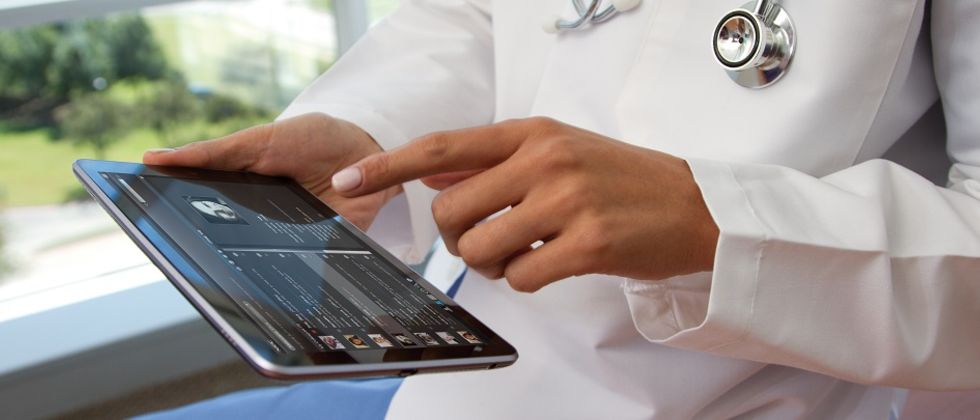California Management Review
California Management Review is a premier professional management journal for practitioners published at UC Berkeley Haas School of Business.

This millennium has been characterized by not only the boom of modern technology but also the development of a new generation that is primed to change the structure of how our world operates. The parallel growth of these phenomenons has consequently invited technology to become a part of daily life beyond the traditional utility and entertainment sectors.
Tech has submerged itself in global market industries, including healthcare. Imagine your grandparents and great-grandparents who, unable to leave their home, called a physician to make a house call for a diagnosis. Compare that to today, where we can self-diagnose ourselves with the touch of a screen. The revolutionary marriage of health and technology has led to what the Global Observatory for ehealth calls mobile health, AKA mHealth. The term is defined as “medical and public health practice supported by mobile devices, such as mobile phones, patient monitoring devices, personal digital assistants (PDAs), and other wireless devices”.
How is the introduction of mHealth transforming the international stage? Let’s check out four ways mobile health apps are leaving their marks on the evolution of healthcare.
1. Accessibility
Tech is ubiquitous, regardless of where you are. 43.4% of the world’s population uses the internet and more people every day are leaving their landlines for smartphones. These kinds of mobile devices make mHealth services more accessible to people who lack the connections and resources needed for adequate health support and information. Consumers can stay up-to-date with news ranging from macro level epidemiology to more localized resources by using mobile healthcare apps easily gotten through their devices.
2. Affordability
Accessibility comes hand in hand with greater affordability. Now that people can engage with healthcare professionals through mHealth apps on their phones, healthcare and health education that previously would have required hospital or office visits can now be done over the internet. Those visits become notifications and messages on our screens, thus erasing the co-payments that would have been necessary with an in-person visit. mHealth also allows people to determine their ailments without necessarily needing to involve an expensive check up.
3. Awareness and Health Education
Many mobile apps cater to promoting health education. The development of global health literacy can become a reality now that medical information can be found outside of doctors’ offices and medical textbooks. With the support of mHealth resources, consumers have greater access to and awareness of healthcare resources including, but not limited, information on disease prevention and minimization. They can also learn what they need to do at home in order to promote wellness at all stages of their lives.
4. Personalization
The individualization of mHealth - after all it comes from an individual’s mobile device - allows for the consideration of patients’ personal needs and identities and how such aspects interact with the healthcare they receive. Apps also allow smartphone and mHealth users to manage their own health and take responsibility for helping maintain their wellness. Personalization also allows patients to instruct loved ones on how to provide for their personal needs. This is streamlined by mHealth apps, which can compile an individual user’s data into a unique treatment plan.
 Insight
Ashley Gambhir et al.
Insight
Ashley Gambhir et al.
 Insight
Michele Sharp et al.
Insight
Michele Sharp et al.